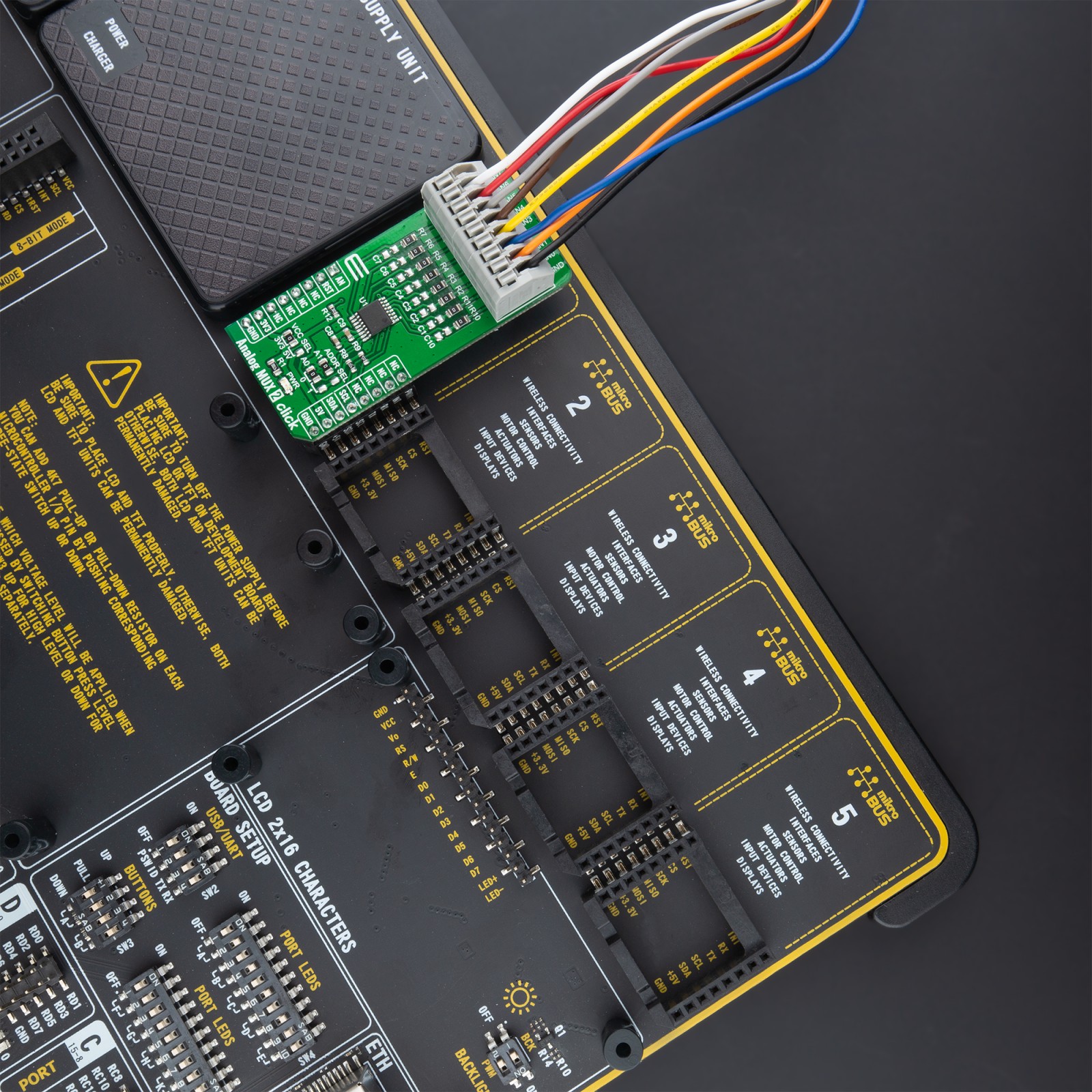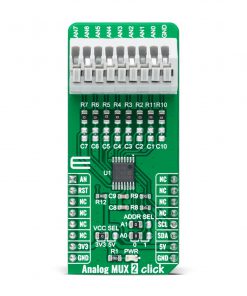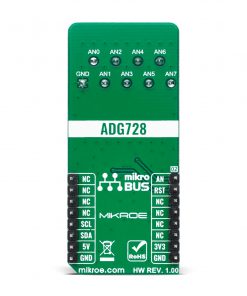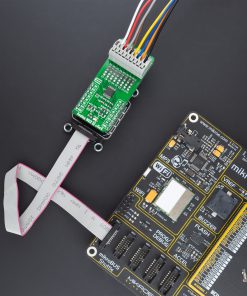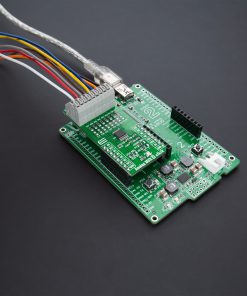Analog MUX 2 Click
R405.00 ex. VAT
Analog MUX 2 Click is a compact add-on board that switches one of the eight inputs to one output. This board features the ADG728, a low voltage, CMOS 8-channel analog matrix switch with a serially controlled 2-wire interface from Analog Devices. The ADG728 can operate equally well as either multiplexer, demultiplexer, or switch array easily connected to a 9 pole spring action block terminal. It provides flexibility and features a low on-resistance closely matched between switches and very flat over the full signal range. This Click board™ is suitable for a wide range of applications, from industrial and instrumentation to medical, consumer, communications, and automotive systems.
Analog MUX 2 Click is supported by a mikroSDK compliant library, which includes functions that simplify software development. This Click board™ comes as a fully tested product, ready to be used on a system equipped with the mikroBUS™ socket.
Stock: Lead-time applicable.
| 5+ | R384.75 |
| 10+ | R364.50 |
| 15+ | R344.25 |
| 20+ | R331.29 |




